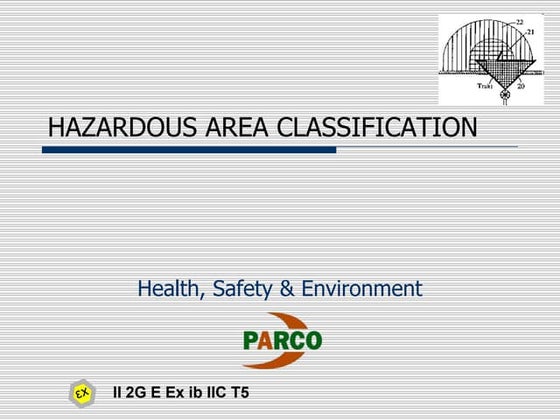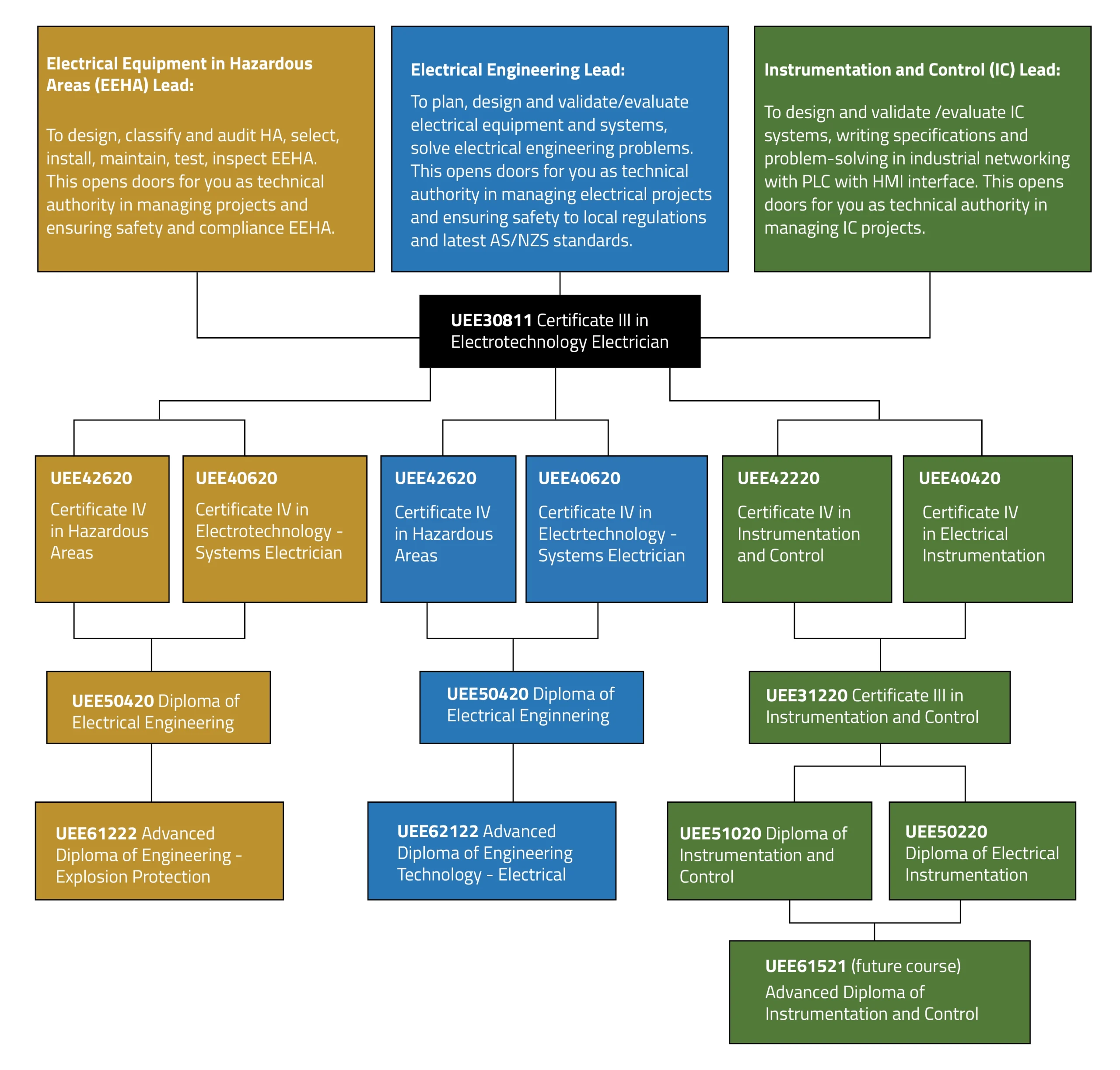The 45-Second Trick For Roar Solutions
The 45-Second Trick For Roar Solutions
Blog Article
How Roar Solutions can Save You Time, Stress, and Money.
Table of ContentsThe 9-Second Trick For Roar SolutionsRoar Solutions Fundamentals ExplainedMore About Roar Solutions
In order to secure setups from a potential surge a method of evaluating and classifying a potentially hazardous location is called for. The objective of this is to guarantee the appropriate choice and installation of tools to inevitably prevent a surge and to make certain safety of life.
(https://www.brownbook.net/business/53579326/roar-solutions/)
No equipment ought to be mounted where the surface temperature level of the equipment is more than the ignition temperature of the offered risk. Below are some common dust dangerous and their minimum ignition temperature level. Coal Dirt 380C 225C Polythene 420C (melts) Methyl Cellulose 420C 320C Starch 460C 435C Flour 490C 340C Sugar 490C 460C Grain Dust 510C 300C Phenolic Material 530C > 450C Aluminium 590C > 450C PVC 700C > 450C Soot 810C 570C The possibility of the hazard being present in a focus high adequate to create an ignition will differ from area to place.
In order to categorize this danger an installment is separated right into locations of risk relying on the amount of time the dangerous exists. These areas are referred to as Zones. For gases and vapours and dusts and fibres there are 3 areas. Area 0 Zone 20 A hazardous atmosphere is highly likely to be existing and might be present for extended periods of time (> 1000 hours annually) and even constantly Area 1 Area 21 A dangerous ambience is possible yet not likely to be existing for long periods of time (> 10 450 C [842 F] A classification of T6 means the minimal ignition temperature is > 85 C [185 F] Dangerous location electric equipment perhaps designed for use in greater ambient temperature levels. This would showed on the score plate e.g. EExe II C T3 Ta + 60C( This implies at 60C ambient T3 will certainly not be exceeded) T1 T1, T2, T3, T4, T5, T6 T2 T2, T3, T4, T5, T6 T3 T3, T4, T5, T6 T4 T4, T5, T6 T5 T5, T6 T6 T6 A T Course ranking of T1 implies the optimum surface area temperature generated by the instrument at 40 C is 450 C. Thinking the associated T Class and Temperature score for the devices are proper for the location, you can always use a tool with a much more rigorous Division score than required for the area. There isn't a clear response to this question. It actually does depend upon the kind of devices and what fixings need to be carried out. Devices with certain test treatments that can not be executed in the area in order to achieve/maintain 3rd event rating. Need to come back to the manufacturing facility if it is prior to the devices's solution. Field Repair Service By Authorised Personnel: Complex testing might not be required however details treatments may require to be complied with in order for the devices to keep its third party score. Authorized personnel should be used to execute the job properly Repair work must be a like for like substitute. New part should be thought about as a straight replacement needing no special screening of the equipment after the repair work is full. Each tool with a dangerous rating should be assessed independently. These are detailed at a high degree listed below, however, for more detailed details, please refer directly to the standards.
Some Known Facts About Roar Solutions.
The devices register is an extensive database of equipment records that includes a minimum set of areas to identify each thing's place, technological parameters, Ex-spouse category, age, and ecological data. This details is critical for tracking and taking care of the equipment effectively within harmful areas. On the other hand, for routine or RBI tasting examinations, the quality will certainly be a combination of In-depth and Close assessments. The ratio of In-depth to Close inspections will be identified by the Devices Risk, which is evaluated based upon ignition danger (the probability of a resource of ignition versus the chance of a combustible ambience )and the dangerous location category
( Zone 0, 1, or 2). This variation will certainly likewise influence the resourcing demands for work preparation. Once Lots are specified, you can establish tasting plans based on the example size of each Lot, which describes the number of arbitrary equipment products to be evaluated. To figure out the needed sample size, two facets require to be evaluated: the size of the Lot and the group of assessment, which shows the degree of effort that need to be used( reduced, normal, or boosted )to the examination of the Great deal. By integrating the classification of evaluation with the Whole lot size, you can then establish the ideal rejection requirements for a sample, suggesting the allowable variety of malfunctioning products found within that example. For even more information on this process, please describe the Energy Institute Standards. The IEC 60079 typical advises that the optimum interval between assessments need to not go beyond 3 years. EEHA inspections will additionally be performed outside of RBI projects as part of arranged upkeep and devices overhauls or fixings. These inspections can be attributed toward the RBI sample sizes within the influenced Lots. EEHA examinations are performed to determine faults in electrical tools. A weighted racking up system is crucial, as a solitary tool might have numerous faults, each with differing degrees of ignition danger. Click Here If the combined rating of both assessments is less than two times the fault rating, the Whole lot is considered acceptable. If the Lot is still taken into consideration inappropriate, it should undertake a complete examination or justification, which might set off stricter examination protocols. Accepted Whole lot: The sources of any faults are recognized. If a common failure setting is found, additional equipment may need assessment and repair. Faults are classified by severity( Security, Stability, Home cleaning ), making certain that immediate problems are analyzed and dealt with without delay to reduce any influence on safety or operations. The EEHA database need to track and videotape the lifecycle of mistakes together with the corrective activities taken. Executing a durable Risk-Based Assessment( RBI )method is critical for ensuring conformity and security in managing Electrical Equipment in Hazardous Locations( EEHA) (Roar Training Solutions). Automated Mistake Scoring and Lifecycle Management: Easily take care of mistakes and track their lifecycle to improve inspection precision. The introduction of this support for risk-based examination even more strengthens Inspectivity's setting as a best-in-class remedy for regulatory compliance, as well as for any type of asset-centric examination use case. If you are interested in discovering more, we welcome you to request a presentation and find exactly how our option can transform your EEHA management processes.
Indicators on Roar Solutions You Should Know

In terms of eruptive danger, a hazardous area is an environment in which an explosive atmosphere is present (or might be expected to be existing) in amounts that require special preventative measures for the building and construction, setup and use devices. hazardous area course. In this write-up we explore the difficulties encountered in the office, the danger control steps, and the called for expertises to function securely
These substances can, in specific conditions, form eruptive ambiences and these can have major and unfortunate consequences. Most of us are acquainted with the fire triangular remove any one of the three aspects and the fire can not happen, but what does this mean in the context of hazardous locations?
In a lot of instances, we can do little about the levels of oxygen in the air, however we can have substantial influence on resources of ignition, as an example electric tools. Hazardous areas are documented on the unsafe location category illustration and are identified on-site by the triangular "EX LOVER" indication. Right here, among various other essential information, zones are divided right into 3 kinds depending on the risk, the likelihood and period that an explosive environment will exist; Zone 0 or 20 is considered the most unsafe and Zone 2 or 22 is regarded the least.
Report this page